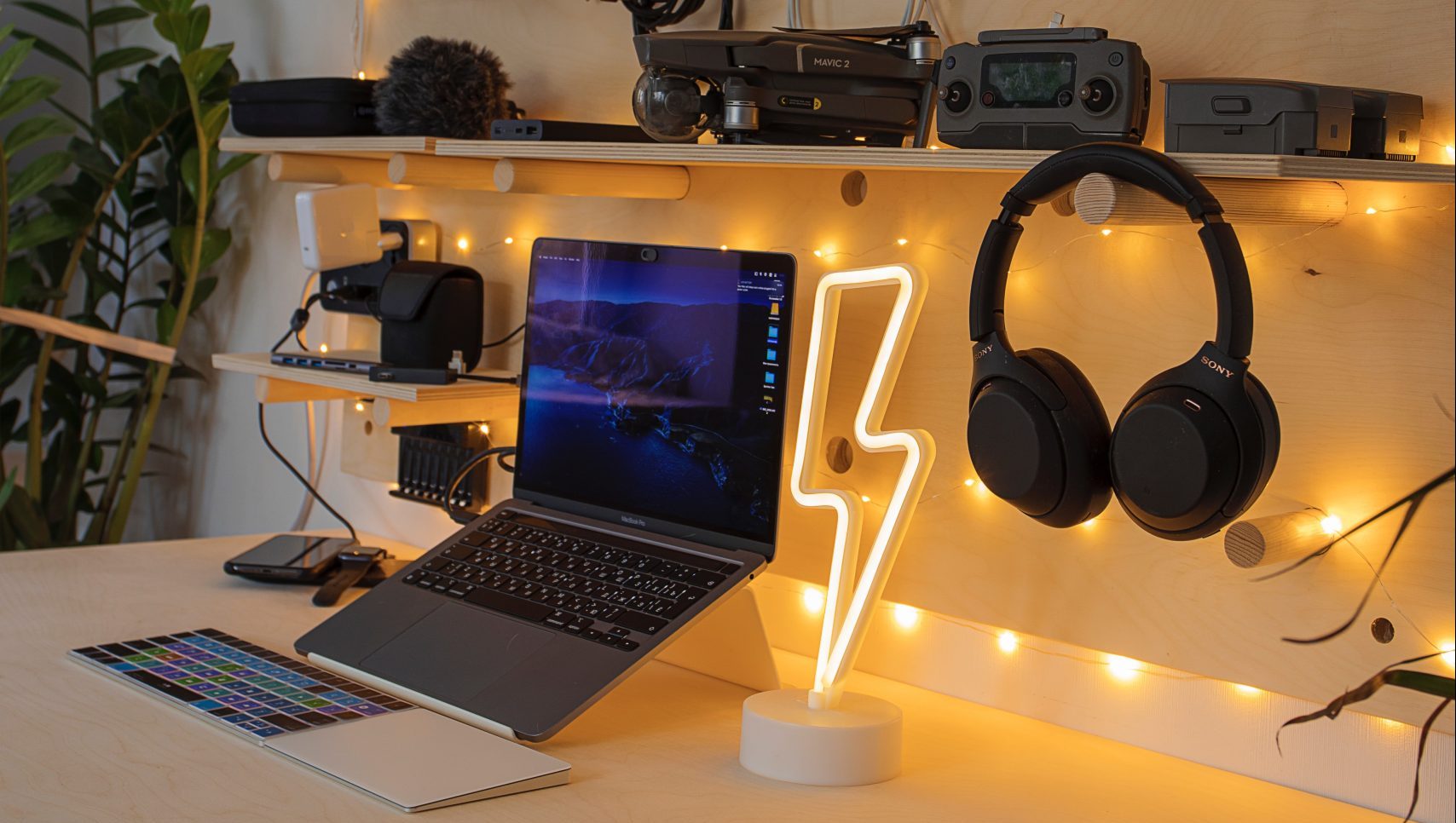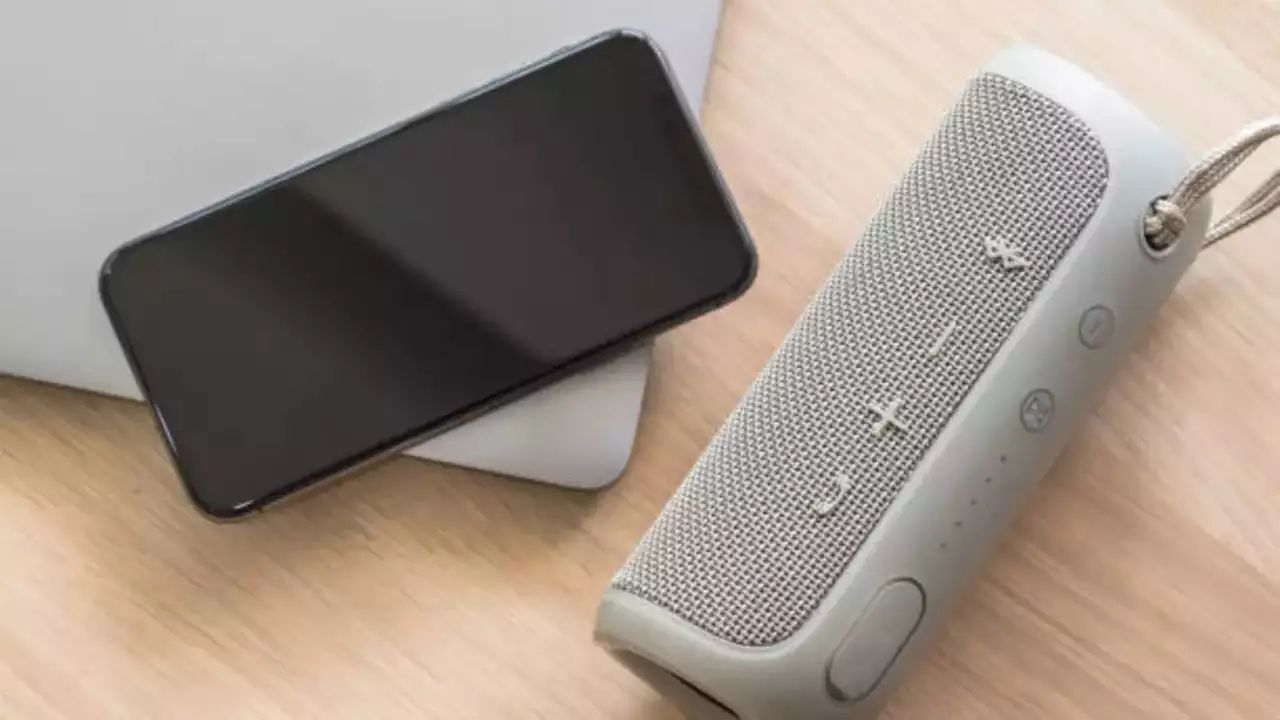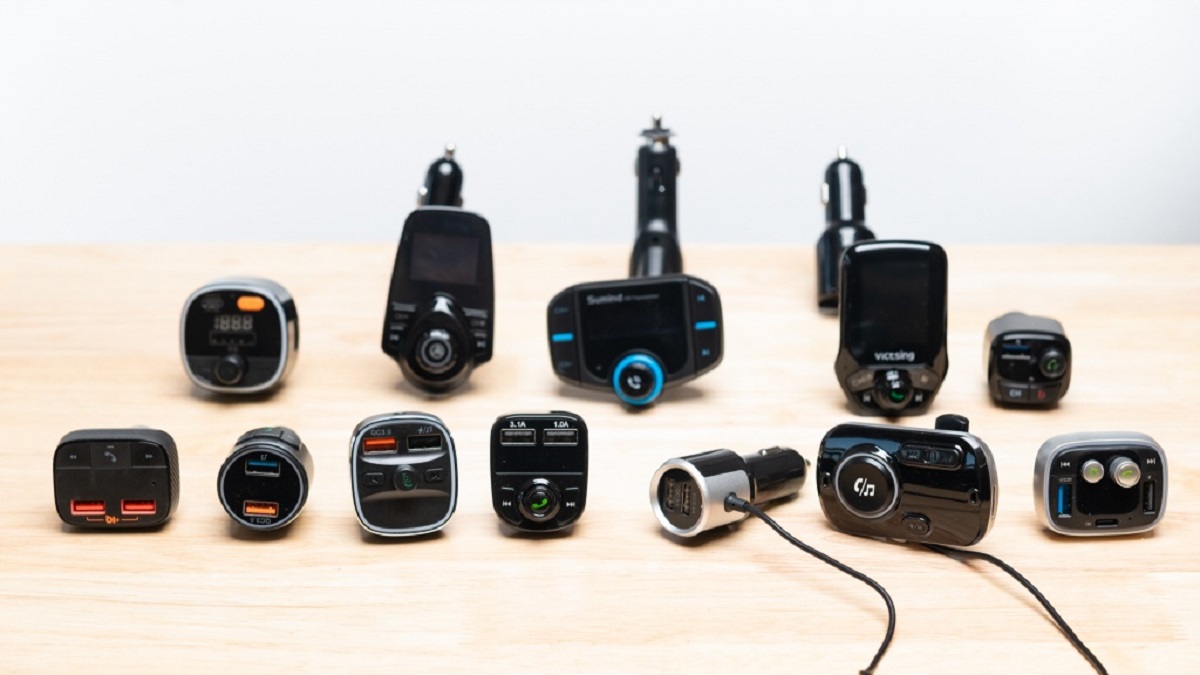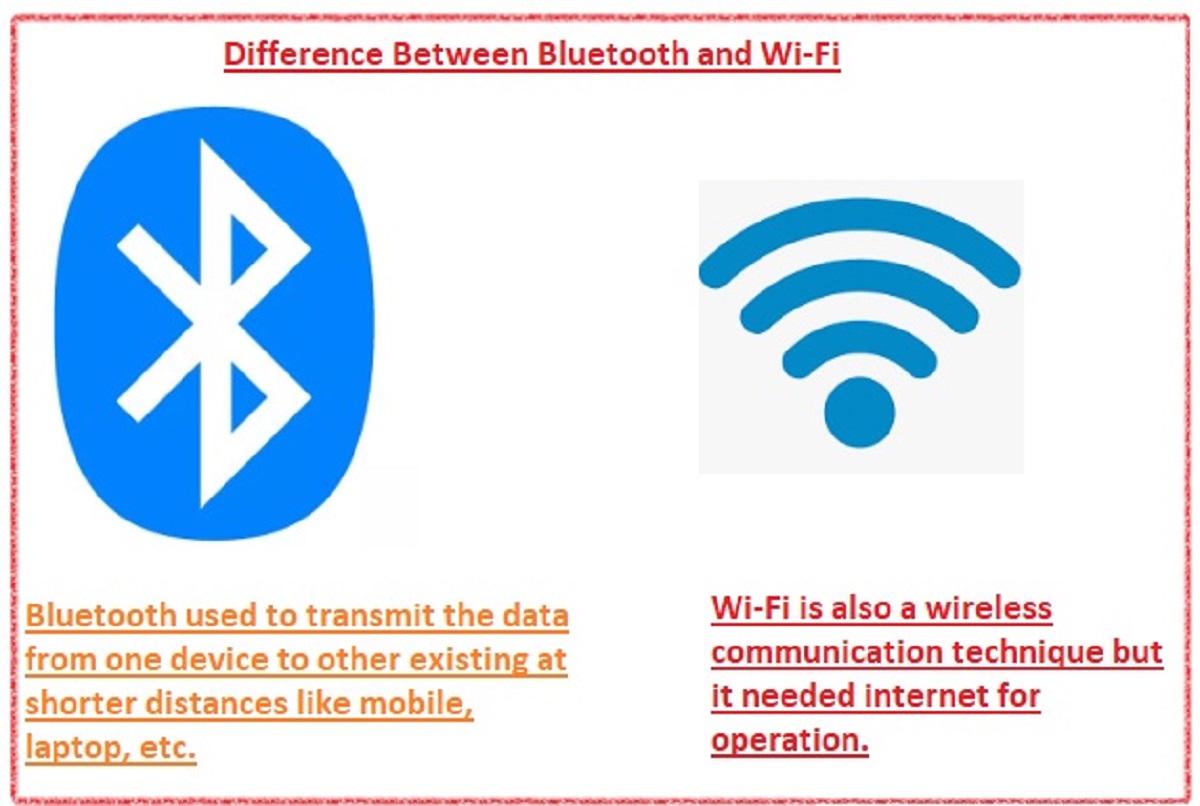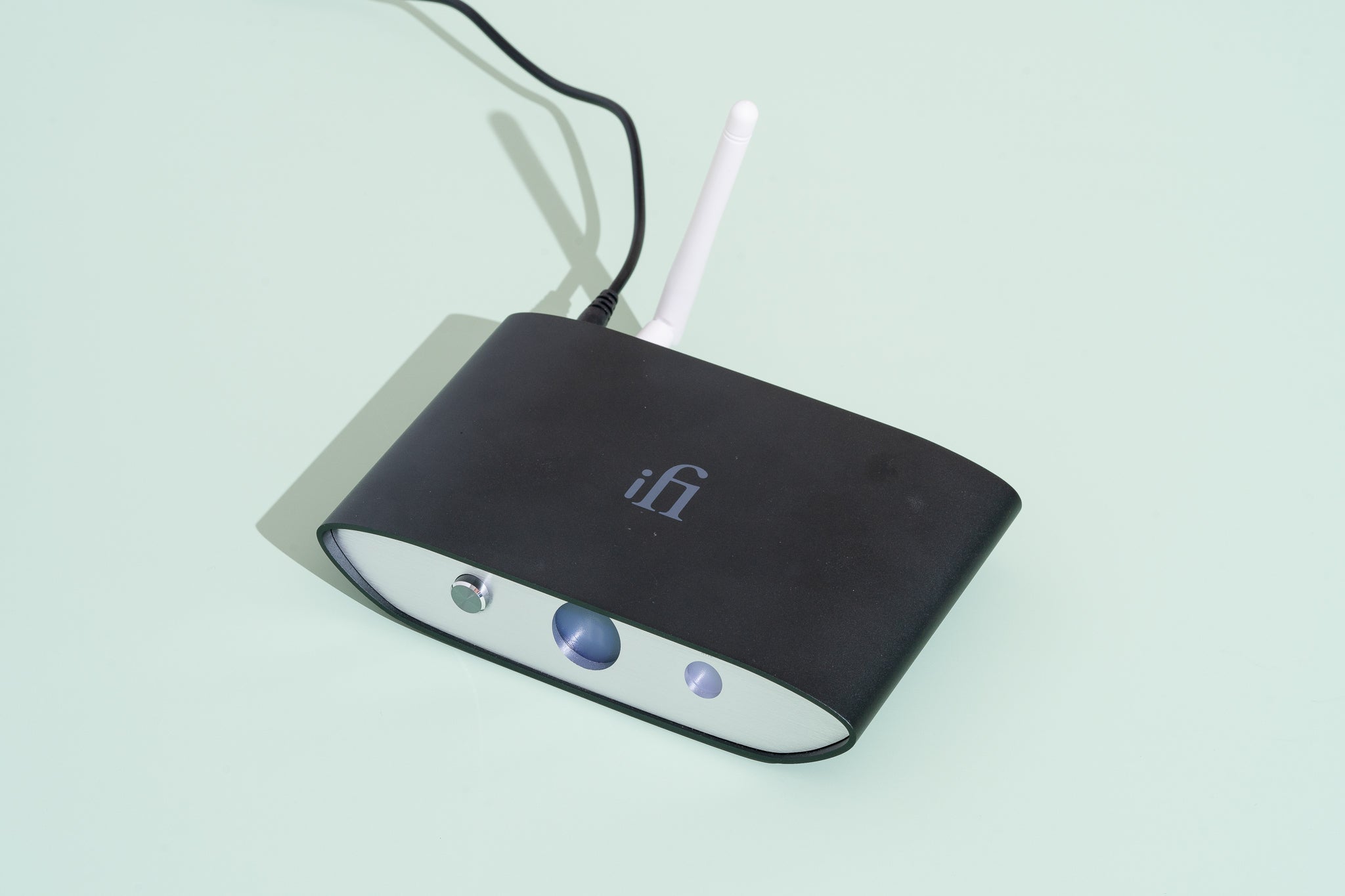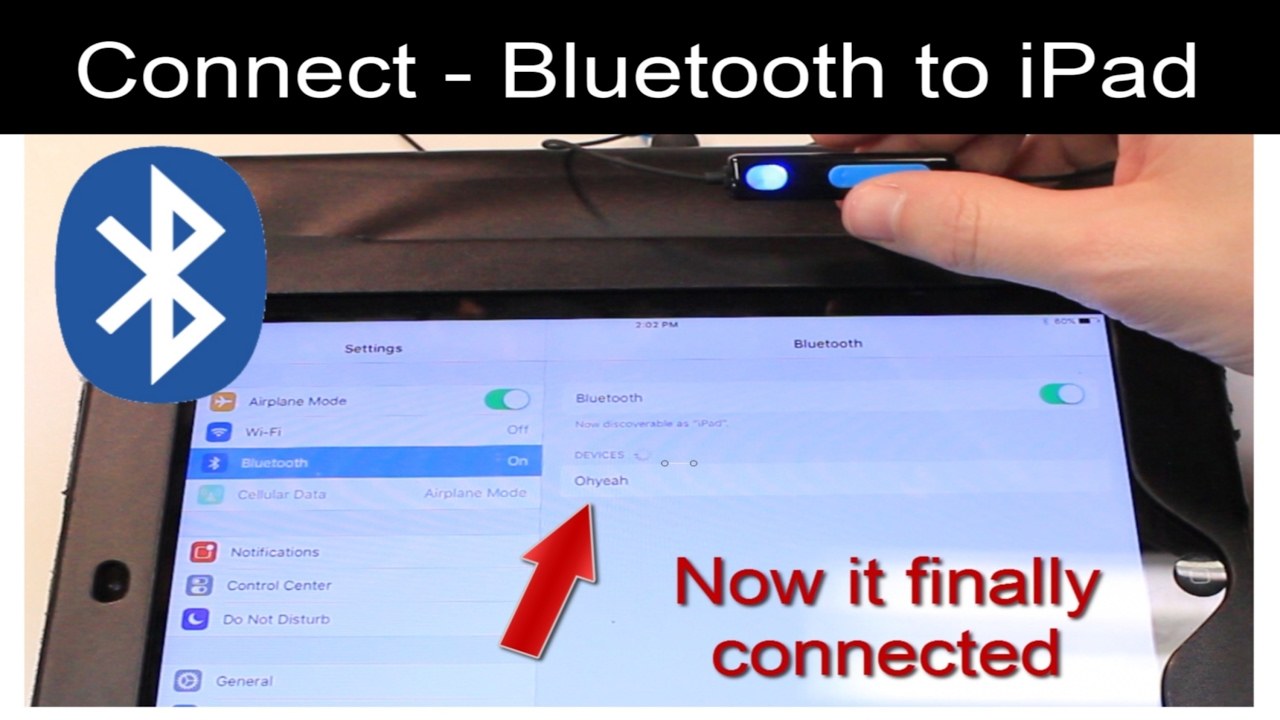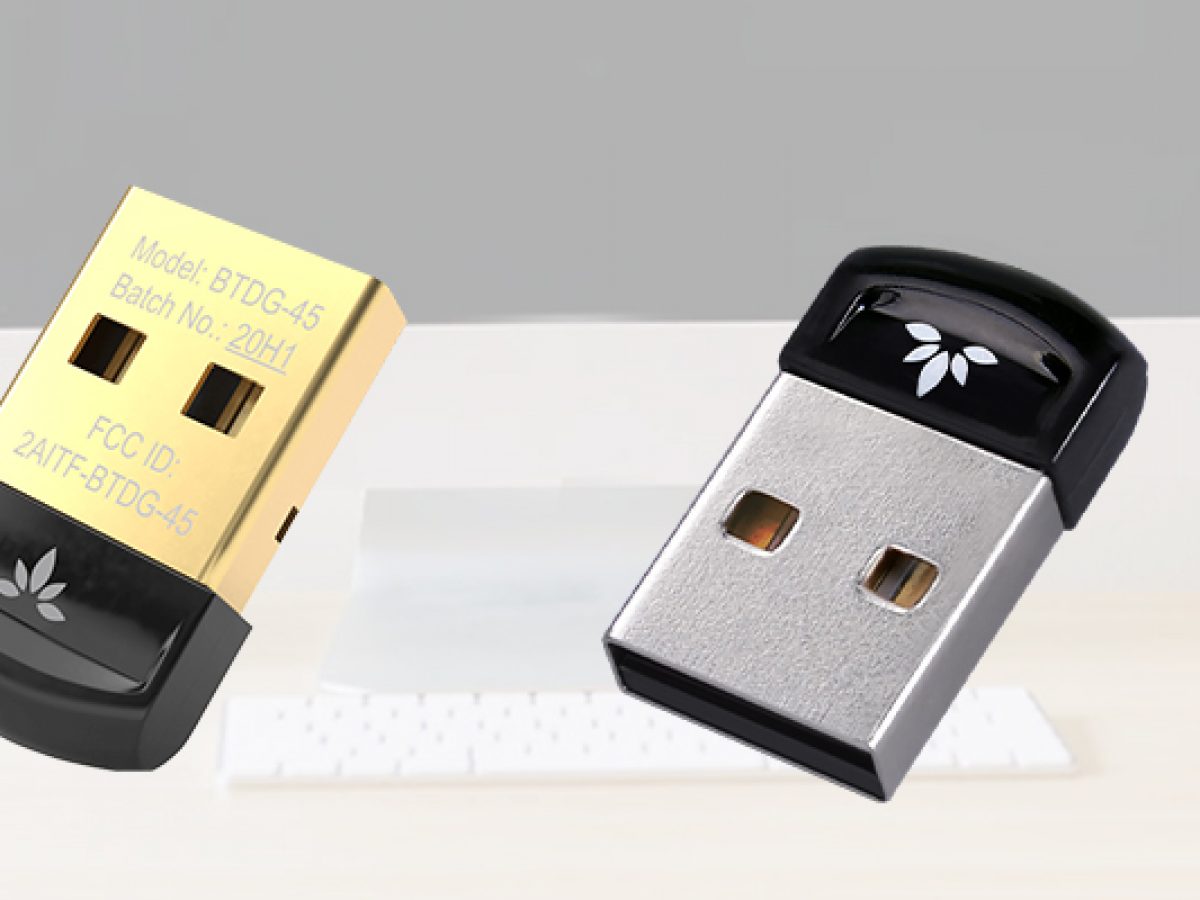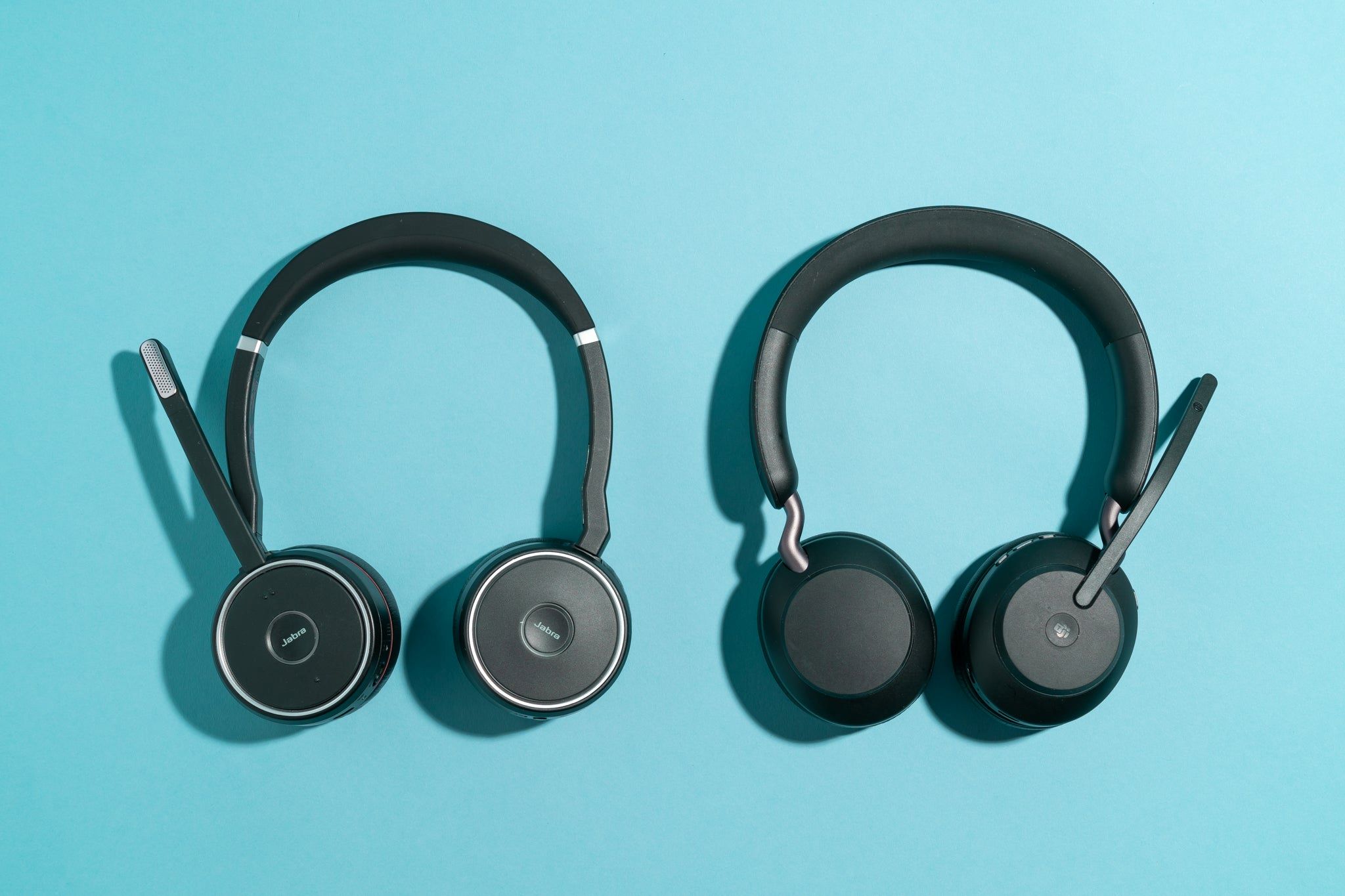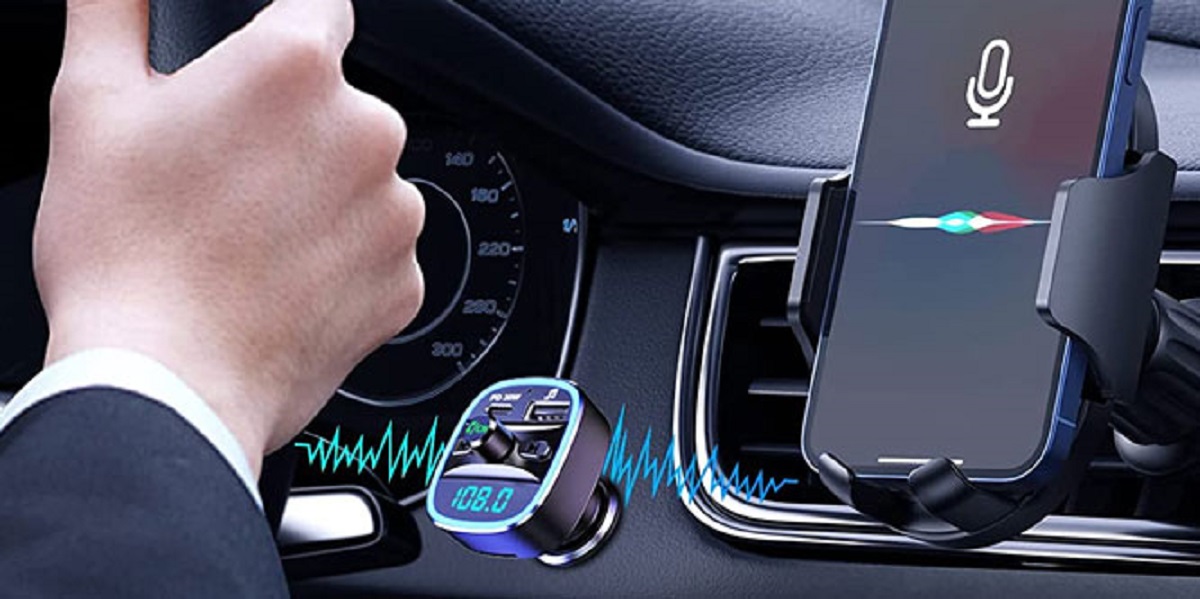Introduction
The rise of wireless technology has revolutionized the way we connect and communicate. Among the most popular wireless communication technologies is Bluetooth, which enables devices to connect and exchange data wirelessly. As our dependence on Bluetooth-enabled devices such as smartphones, tablets, and smartwatches grows, a common question arises – how many devices can a Bluetooth device connect to simultaneously?
To answer this question, it is important to understand the basics of Bluetooth connectivity and the different versions of Bluetooth technology available.
Bluetooth is a short-range wireless technology that allows devices to communicate with each other over short distances, typically up to 100 meters. It uses radio waves to transmit data between devices without the need for cables or wires. With Bluetooth, you can connect various devices, including smartphones, laptops, speakers, headphones, and even smart home devices.
Bluetooth technology has evolved over the years, with two major versions widely used today – Bluetooth Classic and Bluetooth Low Energy (BLE). The Bluetooth Classic version is commonly used for audio streaming and general data transfer between devices, while Bluetooth Low Energy is designed for battery-optimized applications with low power consumption requirements, such as fitness trackers and wearable devices.
Now let’s dive into the question of how many devices a Bluetooth device can connect to simultaneously. Keep in mind, however, that the maximum number of connections a Bluetooth device can handle depends on various factors, such as the version of Bluetooth being used and the specific device capabilities.
Understanding Bluetooth Connectivity
Bluetooth connectivity involves the establishment of a wireless connection between two or more devices for the purpose of data transfer or communication. This connection is established using a pairing process, where one device acts as the “host” and the other device(s) act as the “slave” or “client” devices.
When two Bluetooth devices are paired, they create a secure and encrypted connection channel, allowing them to communicate with each other. This connection enables the exchange of various types of data, such as audio, files, and control commands.
Bluetooth operates on the ISM (Industrial, Scientific, and Medical) radio bands, specifically the 2.4 GHz frequency range. This frequency range is divided into multiple channels that allow for simultaneous communication between multiple devices in close proximity.
It is worth mentioning that the range of Bluetooth connectivity can vary depending on the surrounding environment and any potential interference. The effective range of Bluetooth connections is typically around 10 meters, but newer versions of Bluetooth may offer enhanced range capabilities.
Bluetooth connections are established using radio waves, which penetrate physical barriers such as walls and furniture, making it possible to maintain connectivity even when devices are not in direct line of sight. However, the signal strength may degrade and the range may be reduced when obstacles are present.
As the technology has evolved, so has the range of possible applications for Bluetooth. Initially, Bluetooth was primarily used for audio streaming between devices such as phones and headsets. However, it has now expanded to include a wide range of devices such as keyboards, mice, printers, speakers, and even smart home devices.
Next, we will explore the difference between Bluetooth Classic and Bluetooth Low Energy (BLE) and how they affect the number of devices that can be connected simultaneously.
Bluetooth Classic vs Bluetooth Low Energy (BLE)
Bluetooth technology has undergone significant advancements over the years, resulting in two main versions being used today – Bluetooth Classic and Bluetooth Low Energy (BLE).
Bluetooth Classic, also known as Basic Rate/Enhanced Data Rate (BR/EDR), is the traditional version of Bluetooth that has been in use for many years. It is designed for high-speed data transfer and is commonly used for applications like audio streaming and file transfer. Bluetooth Classic offers a higher data transfer rate but consumes more power compared to Bluetooth Low Energy.
On the other hand, Bluetooth Low Energy (BLE), also known as Bluetooth Smart, was introduced as part of Bluetooth 4.0 technology. BLE is specifically designed for low power consumption and is ideal for devices that require longer battery life, such as fitness trackers, smartwatches, and other wearable devices. BLE devices can operate on battery power for months or even years without the need for constant recharging.
One of the key differences between Bluetooth Classic and BLE is the data transfer speed. Bluetooth Classic offers higher data transfer rates, making it more suitable for applications that require real-time audio streaming or large file transfers. BLE, on the other hand, has a lower data transfer rate but excels in energy efficiency.
When it comes to the number of devices that can be connected simultaneously, both Bluetooth Classic and BLE have their limitations. Bluetooth Classic devices typically support a maximum of seven simultaneous connections. This means that a Bluetooth Classic device can connect to up to seven other devices at the same time.
On the other hand, BLE devices have the ability to support multiple connections concurrently. The number of simultaneous connections supported by BLE devices can vary depending on the specific implementation and device capabilities. Some BLE devices can handle only a few connections, while others can support dozens or even hundreds of connections.
It is important to note that while BLE devices can support a higher number of connections, the actual performance and stability may vary depending on factors such as signal strength, data throughput requirements, and device resources.
Now that we understand the difference between Bluetooth Classic and BLE, let’s explore the factors that can affect the number of connections a Bluetooth device can handle simultaneously.
Maximum Number of Connections
The maximum number of connections that a Bluetooth device can handle simultaneously depends on various factors, including the version of Bluetooth being used and the device’s hardware capabilities and resources.
For Bluetooth Classic devices, the maximum number of simultaneous connections is typically a maximum of seven. This means that a Bluetooth Classic device can connect to up to seven other devices at the same time. However, it is important to note that this is a theoretical maximum, and in practice, the actual number of connections may be lower due to factors such as signal interference and device limitations.
On the other hand, Bluetooth Low Energy (BLE) devices have the potential to support multiple connections concurrently. The number of simultaneous BLE connections that a device can handle can vary depending on factors such as the device’s hardware capabilities, available resources, and the specific implementation of the Bluetooth stack.
While BLE devices have the potential to support a higher number of connections, it is essential to consider the impact on device performance. As the number of simultaneous connections increases, the device’s resources, such as processing power and battery life, may be more heavily utilized.
It is also worth noting that the maximum number of connections may differ between central and peripheral devices in a Bluetooth network. Central devices, such as smartphones or tablets, typically have a higher capacity for handling multiple connections compared to peripheral devices, such as fitness trackers or smartwatches.
The actual number of connections that a Bluetooth device can handle simultaneously also depends on the specific Bluetooth profiles and connection types being used. Different profiles and connection types have different data transfer requirements and may impact the number of connections that can be maintained concurrently.
Moreover, the overall stability and performance of multiple connections may be influenced by other external factors, such as signal strength, environmental interference, and the distance between devices. These factors can impact the effective range of Bluetooth connections and the reliability of maintaining connections with multiple devices.
Understanding the maximum number of connections that a Bluetooth device can handle is crucial when designing and implementing Bluetooth-enabled systems. It helps to ensure that the desired functionality and performance requirements are met while taking into account the limitations and considerations associated with Bluetooth technology.
Now that we have explored the factors that can affect the number of connections a Bluetooth device can handle, let’s delve into the various factors that can impact the performance and stability of multiple connections.
Factors that Affect the Number of Connections
While Bluetooth technology allows for multiple device connections, the actual number of simultaneous connections that a Bluetooth device can handle can be influenced by several factors. Understanding these factors is important for optimizing connection stability and performance.
1. Version of Bluetooth: The version of Bluetooth being used plays a significant role in determining the number of connections a device can support. Bluetooth Classic devices typically have a limit of seven connections, while Bluetooth Low Energy (BLE) devices can support a higher number of simultaneous connections, although the actual capacity varies depending on hardware and implementation.
2. Hardware Capabilities: The hardware capabilities of the Bluetooth device, including processor speed, memory, and radio capabilities, can impact the number of supported connections. Devices with more advanced and powerful hardware are generally capable of handling more simultaneous connections with better performance.
3. Available Resources: Each connection established requires certain resources, such as processing power, memory, and energy. The available resources on the device need to be divided among the active connections, so the number of connections that can be maintained simultaneously may be limited by the available resources.
4. Bluetooth Profiles: Different Bluetooth profiles have different requirements in terms of data transfer rates and resources. Some profiles, such as the Audio/Video Remote Control Profile (AVRCP), may require more resources than others. Using multiple profiles simultaneously can impact the number of connections a device can handle.
5. Environmental Factors: Environmental factors, such as signal interference and physical barriers, can influence the performance and range of Bluetooth connections. When multiple devices are in close proximity, signal interference can lead to degraded performance and reduced capacity for simultaneous connections.
6. Device Prioritization: Some devices may prioritize certain connections over others, especially in scenarios where bandwidth or resources are limited. For example, a smartphone may prioritize audio streaming connections over other data transfer connections to ensure optimal audio quality.
It is important to note that the maximum number of connections a device can handle may be lower than the theoretical limit due to these influencing factors. Thus, it is essential to consider these factors when designing Bluetooth-enabled systems to ensure optimal performance, stability, and user experience.
Now that we have explored the factors that can affect the number of connections, let’s move on to understanding Bluetooth profiles and connection types.
Bluetooth Profiles and Connection Types
Bluetooth profiles define the specific functionalities and capabilities that devices can support when establishing a connection. These profiles ensure compatibility between different devices and enable them to communicate seamlessly.
There are various Bluetooth profiles available, each tailored to specific use cases and device types. Some common profiles include the Hands-Free Profile (HFP) for connecting to car audio systems, the Advanced Audio Distribution Profile (A2DP) for high-quality audio streaming, and the Human Interface Device (HID) profile for connecting keyboards and mice.
Each profile has its own set of requirements in terms of the data transfer rate, connection stability, and resource utilization. These requirements can impact the number of simultaneous connections a device can support.
Additionally, there are different connection types that can be established between Bluetooth devices. The two main connection types are point-to-point and broadcast connections.
A point-to-point connection is a one-to-one connection between two devices, such as connecting a smartphone to a wireless headset. This type of connection allows for secure and direct communication between the two devices.
In contrast, a broadcast connection allows a Bluetooth device to connect to multiple devices simultaneously. This type of connection is commonly used in scenarios where a single device needs to transmit data or information to multiple receivers, such as a Bluetooth-enabled speaker streaming audio to multiple Bluetooth speakers in a party mode.
The choice of connection type can impact the number of connections a device can handle. Point-to-point connections generally require more resources, as they involve direct communication between two devices, while broadcast connections distribute the workload among multiple receivers.
It is important to consider the specific Bluetooth profiles and connection types being used in a given system to optimize the number of connections and ensure stable and efficient communication.
Now that we have explored Bluetooth profiles and connection types, let’s dive into managing multiple connections effectively.
Managing Multiple Connections
Managing multiple Bluetooth connections requires careful consideration to ensure optimal performance and stability. Here are some strategies to effectively manage multiple connections:
1. Prioritize Connections: Prioritize connections based on their importance or the type of data being transferred. For example, prioritize audio streaming connections over data transfer connections to ensure uninterrupted audio playback.
2. Balance Bandwidth: Optimize bandwidth allocation between connections to ensure a smooth and uninterrupted experience. Allocate more bandwidth to connections that require higher data transfer rates, such as audio or video streaming.
3. Connection Scheduling: Employ connection scheduling techniques to balance the workload and avoid overlapping data transfers. This can help prevent congestion and improve overall connection stability.
4. Optimize Signal Strength: Ensure strong and stable Bluetooth signals by placing devices within the recommended range and minimizing obstacles that can interfere with the signal. This can help enhance connection reliability and minimize potential interruptions.
5. Update Firmware: Keep devices’ firmware up to date to benefit from bug fixes, performance improvements, and enhanced connection management features released by manufacturers. Regular firmware updates can optimize compatibility and performance.
6. Reduce Interference: Minimize potential interference by keeping Bluetooth devices away from other wireless devices, such as Wi-Fi routers or cordless phones, which can operate in the same frequency range. Interference can affect signal strength and degrade connection quality.
7. Device Limitations: Understand the limitations of the Bluetooth devices being used, including their maximum supported connections and processing capabilities. Exceeding these limitations may result in decreased performance or unstable connections.
8. Disconnect Unused Devices: Disconnect devices that are not currently in use to free up resources and improve the overall performance of active connections. This can help manage device resources more effectively.
By implementing these strategies, it is possible to manage multiple Bluetooth connections efficiently, ensuring reliable connectivity and optimal performance across all connected devices.
Now that we have explored managing multiple Bluetooth connections, let’s move on to understanding the importance of device prioritization and connection stability.
Device Prioritization and Connection Stability
Device prioritization and connection stability are crucial factors to consider when managing multiple Bluetooth connections. Prioritizing devices and ensuring stable connections are essential for a seamless and reliable user experience.
When multiple Bluetooth connections are established, it is important to prioritize certain connections over others based on their criticality or the type of data being transmitted. For example, prioritizing audio streaming connections ensures uninterrupted playback and optimal audio quality. This can be achieved through the implementation of advanced connection management techniques and algorithms.
Connection stability is vital to maintain a smooth and consistent user experience. Instability in Bluetooth connections can result in interruptions, dropped connections, or decreased data transfer speeds. Several measures can be taken to ensure connection stability:
1. Signal Strength: Strong and steady signal strength is crucial for stable connections. Keep the devices in close proximity, within the recommended range, and minimize obstructions that could weaken the Bluetooth signal.
2. Interference Reduction: Minimize signal interference by staying away from sources of interference, such as other wireless devices operating in the same frequency range. Reduce potential barriers or obstacles that could interfere with the Bluetooth signal, such as walls or dense furniture.
3. Firmware Updates: Regularly update the firmware of Bluetooth devices to benefit from performance improvements, bug fixes, and enhanced stability features. Firmware updates can address known issues and optimize the overall connection stability.
4. Quality of Service (QoS): Implement QoS mechanisms to allocate system resources effectively. This ensures that critical connections, such as audio streaming, receive prioritized bandwidth and resources over non-critical connections, such as data transfers.
5. Power Management: Efficient power management helps ensure stable connections, especially in battery-powered devices. Optimize power usage to prolong battery life without compromising connection stability.
By prioritizing devices and implementing measures to enhance connection stability, users can enjoy a reliable and uninterrupted Bluetooth experience across multiple connected devices.
Now that we have explored device prioritization and connection stability, let’s summarize the key points discussed in this article.
Conclusion
Bluetooth technology has become an integral part of our everyday lives, allowing us to connect and communicate wirelessly. When it comes to the number of devices a Bluetooth device can connect to simultaneously, there are several factors to consider.
The maximum number of connections a Bluetooth device can handle depends on various factors, including the version of Bluetooth being used, the device’s hardware capabilities, and available resources. Bluetooth Classic devices typically support up to seven simultaneous connections, while Bluetooth Low Energy (BLE) devices have the potential to support a higher number of connections, depending on implementation and device capabilities.
Factors such as the specific Bluetooth profiles, connection types, environmental conditions, and device prioritization can also impact the number of connections and overall stability. Managing multiple connections effectively involves balancing bandwidth, optimizing signal strength, and implementing strategies for connection scheduling and prioritization.
Connection stability is crucial for a seamless user experience, and it can be enhanced by maintaining strong signals, reducing interference, and regularly updating the firmware of Bluetooth devices. Device prioritization ensures that critical connections, such as audio streaming, receive priority over less critical connections.
In conclusion, the maximum number of simultaneous Bluetooth connections depends on various factors, but by understanding these factors and implementing best practices, it is possible to manage multiple connections effectively while maintaining stable and reliable communication between devices. As Bluetooth technology continues to evolve, it promises even more seamless and robust connectivity between our devices.







